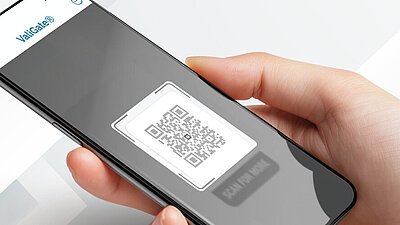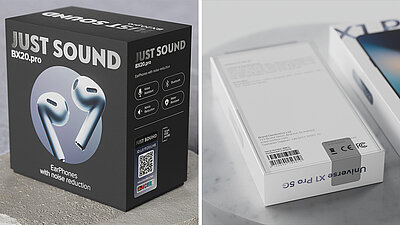Pharmaceutical industry: do the new directives protect against counterfeiting?

Legislature attempts to drive medication counterfeiting figures down

The EU and United States are developing directives to protect against counterfeit medications
Given these developments, the EU (Falsified Medicines Directive; 2016/161/EU) and United States (Drug Supply Chain Security;DSCSA) have drawn up legal requirements which must be implemented by 2019 in the EU and by 2021 in the US. However, not all of the measures in the Directives are clearly indicated.
How secure are the measures from the EU and United States?

However, the markings described above are not suitable for this on their own because they are printed marks. Counterfeiters can simply copy and reproduce them. That is exactly what happened in Turkey. In 2007, Turkey was among the first countries to begin a national serialisation project for the pharmaceutical industry. The marking concept is based on printed codes. Just shortly after introducing this marking standard, numerous copies appeared, as the Turkish newspaper Zaman Gündem reported in 2011. Any form of protection thus becomes irrelevant. In fact, the opposite effect is even seen: as a result of such copied markings, counterfeit preparations appear to be above board.
The markings only become counterfeit-proof once they are additionally safeguarded by physical security features, such as a security label unique to each individual item. These are not easy to reproduce and reliably identify genuine preparations.
The counterfeit protection directives from the EU and United States for the pharmaceutical industry are a step in the right direction and can serve as a base. But when it comes to effectively implementing the measures, pharmaceutical manufacturers are required to do this themselves.
Interesting links on this subject
EU Directive on counterfeit protection in the pharmaceutical industry (2016/161/EU)
USA Directive on counterfeit protection in the pharmaceutical industry (DSCSA)
Find out more about the serialisation project in Turkey for the pharmaceutical industry
How can the new pharmaceuticals Directives be implemented effectively?




